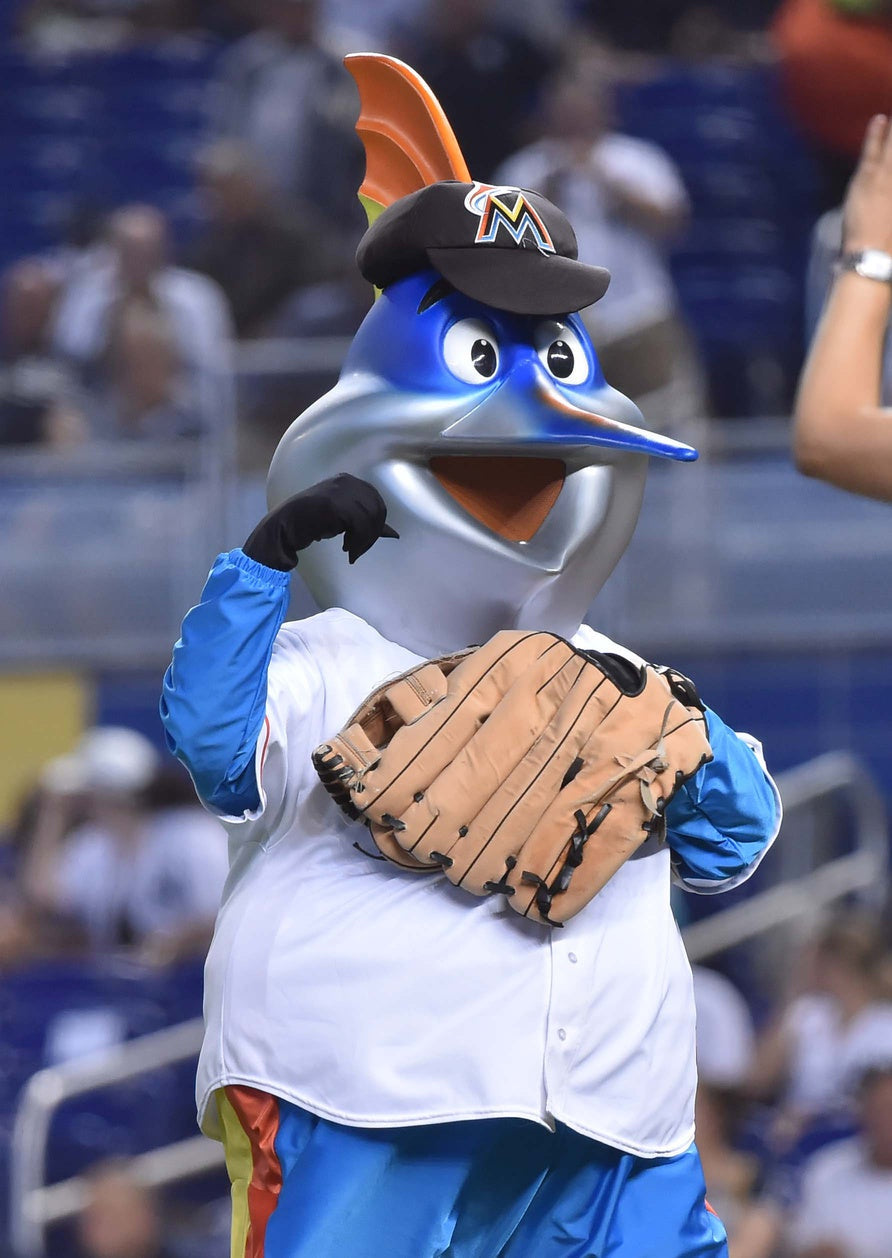A Kid and His Glove
I still remember my first real glove. I was 6 years old playing catch with my Dad out back in the snow, on Christmas. That glove was way too big—stiff, heavy, impossible to close. Every time the ball hit the leather, it either popped out or knocked the glove off my hand. I’d get so frustrated, I always thought I was doing something wrong. Looking back now I see that it wasn't all my fault - I wish I had a Kali Glove.
I've been lucky enough to work with hundreds of kids over the last decade at camps all around the country. One thing I was always amazed at was how 90% of them were using a glove as big or bigger than mine! I’ve learned that an oversized glove isn’t just a piece of equipment—it’s a roadblock. Too many kids are out there struggling with gloves that don’t fit, and it’s holding them back. Once kids get a glove that actually fits and is tailored to them, its amazing what can happen almost immediately.
The Problem with Big Gloves
Walk onto any youth baseball or softball field, and you’ll see 5- to 13-year-olds flopping around with gloves that are too big and heavy for their hands. I get why it happens. You would think a bigger glove helps you catch better because it’s bigger, right? Kids need a big glove when they’re learning to make up for their lack of skill, right? It made sense to me too, until I got through my career and saw what we were missing.
Big-league infielders — some of the best fielders in the world — use the smallest gloves on the field. Most of their gloves are between 11.25 and 11.5 inches, with the biggest being 12 inches. So why are we putting 12 inch gloves on kids whose hands aren’t nearly as big? It’s because premium gloves, the ones with leather that lasts multiple seasons, usually only come in bigger sizes. Smaller gloves? They’re often cheaper, flimsy, and lose their pocket in a month. The ball slips out, the glove becomes flat, and your kid’s confidence takes a hit.
My Own Lesson on Fit
I’ve been there. When I switched from being a shortstop to part-time third baseman, I tried a glove that was a half-inch bigger, thinking it’d give me an edge. Instead, I was worse. I fumbled transfers, was missing routine grounders, and felt like I was fighting the glove instead of working with it. That’s when I learned: a glove that fits right isn’t just about comfort—it’s about building skills and confidence. I was used to a smaller glove, where I knew exactly where my pocket was and exactly how to transfer almost any throw and grounder.
When kids use a glove that’s too big, they can’t use it properly. They don't have leverage to close it, they have to use two hands, the ball pops out, or the glove slips off. They’re not learning how to catch; they’re learning how to survive. But when they use a glove that’s the right size and fits properly, something clicks. They control it better. They feel where the pocket is and they start to trust themselves. They start to use one-hand and get more athletic, they start to become a ballplayer.
Why Smaller Gloves Build Better Players
Here’s the kicker: a smaller glove actually helps kids learn faster. It’s like hitting with a smaller bat and a smaller ball—it forces precision, gives better feedback, and helps with skill acquisition . A properly sized glove lets your kid:
- Control the glove with ease, encouraging one-handed play, and boosting their confidence.
- Learn proper catching and transferring techniques.
- Feel what it's like to have a premium leather glove that holds its pocket season after season.
How Kali Gloves Help
I wanted to give kids a glove that fits their hands, was designed specifically for them, and that feels just like their favorite big leaguer's. Our gloves are 10.5 inches—the sweet spot for youth players. They’re not too heavy, but they’re big enough to maintain a great pocket. We use premium leather, so the glove lasts, keeping its shape and feel. And we’ve added features like elastic finger loops, wrist lacing, and palm slits to cater to their needs, so your kid can focus on the ball, not the gear.
I think about my own son learning to catch and throw in a couple years (he's 7 months). I don’t want him fighting a glove that’s too big or settling for one that falls apart. I want him to feel what I felt when I finally got a glove that fit: like the game was mine to own.
Let’s Get It Right
A bigger glove doesn’t make catching easier; it makes it harder. The right glove isn’t just gear—it’s a way to help your kid grow into the player they’re meant to be. If you’re ready to get your young ballplayer a glove that is designed to help them play better catch, we would love to be the one's to do it!



Share:
The Kali Gloves Story - How We Got Started
Got Leather? - Why Quality Leather is Key to Glove Performance